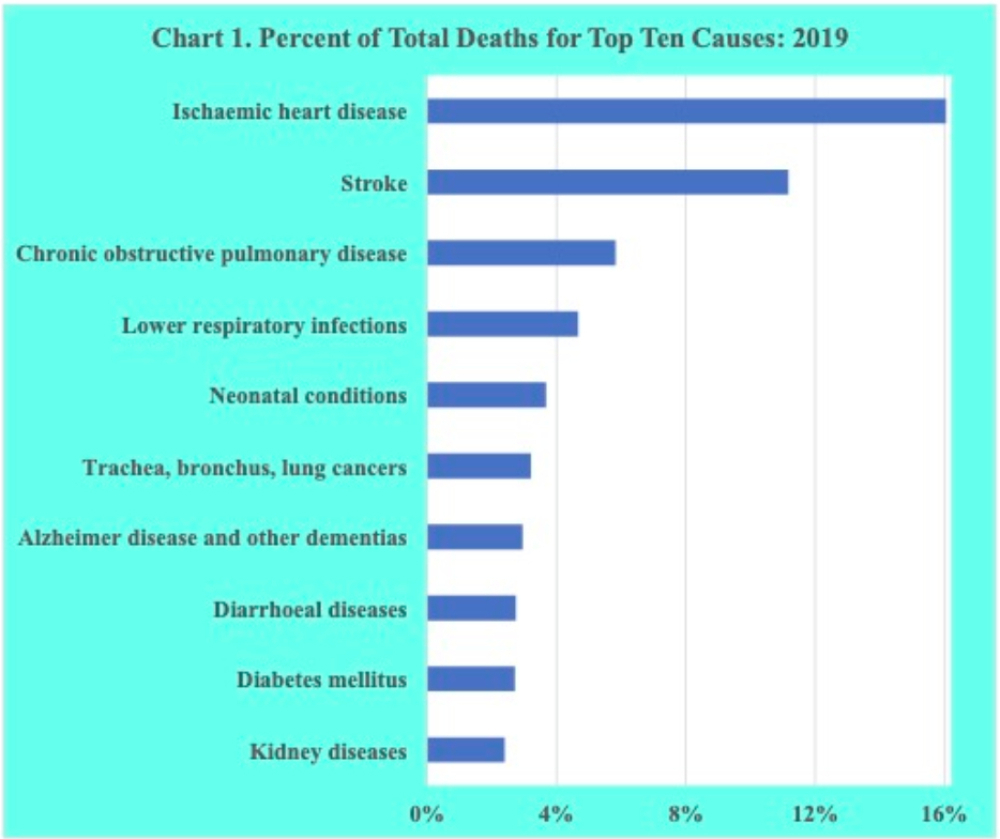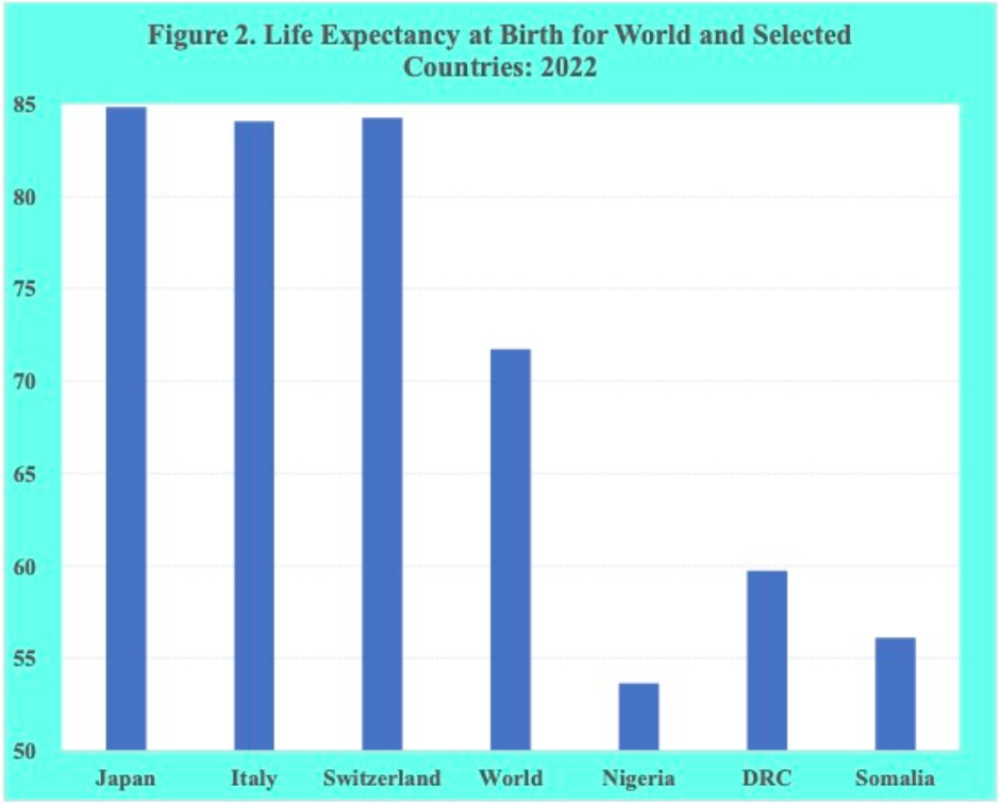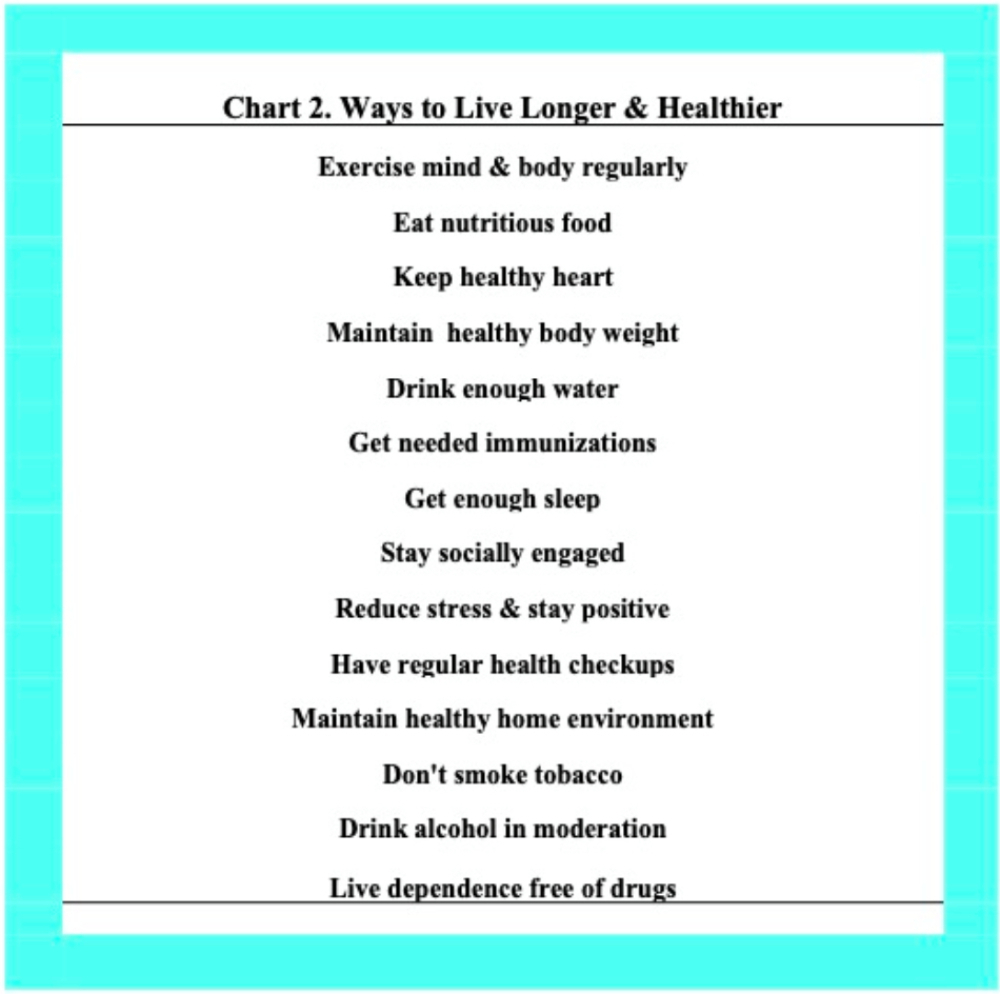Everyone eventually dies with no exceptions for good behavior. When and how one dies, however, varies enormously across countries as well as within a nation’s borders.
While death is typically expected and desired to take place in old age, it can occur at any age, unfortunately, including among the youngest.
Of the world’s population of 8 billion, the annual global number of deaths in 2022 is estimated at 67 million. Of those deaths, approximately 5 percent of them were to those in their first year of life. However, considerable variation in the proportion of annual deaths of infants exists among countries.
In developed countries, such as Italy, Japan and Switzerland, deaths to those in their first year of life accounted for a fraction of one percent of their deaths in 2022. In contrast, among developing countries, such as the Democratic Republic of the Congo (DRC), Nigeria and Somalia, deaths in their first year of life represented more than 20 percent of their total deaths in 2022 (Figure 1).
Those differences in death rates in the first year of life are observed throughout the entire age span of populations in developed and developing countries. Consequently, life expectancies at birth reflect large differences among countries. Again, while the populations of Italy, Japan and Switzerland have average life expectancies at birth of nearly 85 years, those of the DRC, Nigeria and Somalia are substantially lower at 60, 54, and 56 years, respectively (Figure 2).
According to the World Health Organization (WHO), the world’s biggest killer in 2019 was ischemic heart disease, which was responsible for 16 percent of the world’s total deaths. The second and third leading causes of death were stroke and chronic obstructive pulmonary disease, accounting for about 11 and 6 percent of total deaths, respectively (Chart 1).
 Source: World Health Organization.
Source: World Health Organization.
Again, the cause of death varies considerably among developed and developing countries. In Nigeria, for example, the three leading causes of death in 2019 were neonatal disorders, malaria and diarrheal disorders, each responsible for approximately 12 percent of deaths. In contrast, the three top causes of death in the United States in 2019 were heart disease (23 percent), cancer (21 percent) and accidents or unintentional injuries (6 percent).
Good health and well-being constitute Goal 3 of the United Nations Sustainable Development Goals (SDGs). Prior to the start of the pandemic, gains were being reported in many areas of health, including reproduction, child and maternal health, immunization and treatment of communicable diseases. The emergence of the COVID-19 pandemic in early 2020 significantly impacted Goal 3 of the SDGs.
It is estimated that as of mid-2022, COVID-19 had infected more than 500 million people worldwide. As a consequence, COVID-19, directly and indirectly, led to the estimated deaths of nearly 15 million people in the first two years of the pandemic.
In addition, the COVID-19 pandemic disrupted vital health services, including immunization programs, provision of health coverage, and TB and malaria treatment services.
The pandemic also reduced the world’s average life expectancy at birth in 2020 by the largest amount since World War Two. In no less than two dozen countries, life expectancy at birth declined by more than six months compared to 2019. The declines were greater for men and women in most countries, with one of the largest declines for American males with a life expectancy drop of about two years relative to 2019.
Moreover, the COVID-19 pandemic altered the list of the leading causes of death in many countries. In the United States, for example, COVID-19 became the third leading cause of death in 2020 and 2021, accounting for about 12 percent of the deaths in 2021 and displacing unintentional injuries down to 6 percent.
Underdevelopment conditions, including poverty, hunger, lack of basic services and civil conflict, contribute greatly to the length of life. Important lifestyle choices also influence an individual’s well-being and the timing of the end of life.
Those lifestyle choices cause or worsen many chronic diseases. Also, personal choices, in particular tobacco smoking, alcohol consumption, obesity, physically inactive and drug abuse, are decisions that contribute to higher rates of non-communicable diseases and early death.
According to the World Health Organization (WHO), the tobacco epidemic, which is one of the world’s biggest public health threats, kills up to half of its users and is responsible for the deaths of more than 8 million people annually. Of those deaths, nearly 90 percent are the result of direct tobacco use with the remainder due to second-hand smoke.
Obesity and overweight are the fifth leading risk for deaths worldwide, with approximately 8 million adults dying each year. In addition to diabetes, obesity contributes to heart disease and certain forms of cancer.
In 2020, 14 percent of the world’s population of 8 billion were considered obese, double the levels forty years ago. That percentage is projected to increase to 24 percent by 2035, Moreover, obesity rates are expected to rise the most among children and adolescents.
WHO also estimates that the harmful use of alcohol contributes to 3 million deaths each year worldwide as well as to disabilities and poor health. Moreover, alcohol is a leading risk factor for premature death for adults aged 15 to 49 years, accounting for 10 percent of the deaths in this age group. Alcohol consumption has also been found to be a causal factor in more than 200 disease conditions, which contribute to reduced length of life.
More than 500 thousand deaths worldwide result from drug use, with more than 70 percent related to opioids. Drug overdose mortality has also increased significantly in recent years. In the United States, for example, the cause of death due to drug use has increased fourfold over the past twenty years. In addition to contributing to death, the use of opioids without medical supervision can create drug dependence and related health problems.
Ways to increase the chances of living longer and maintaining a healthy life are widely known and highlighted in popular media outlets. Often mentioned lifestyle choices, which have been demonstrated to increase the chances for a long, healthy life, are shown in Chart 1.
In sum, when and how one dies varies enormously across countries and in large part is due to the substantial differences in social and economic conditions. Poverty, hunger, unemployment, violence, civil conflict and the absence of basic services are critical societal conditions affecting the length of life and human well-being.
In addition to the significant differences among countries, lifestyle choices made by men and women, especially in more developed countries, also contribute to when and how individuals will face their inevitable “Appointment in Samarra”.
Studies have clearly established that lifestyle choices can play a vital role in when and how one dies. Healthy lifestyle choices offer the mind and body the best opportunities for having a long and healthy life. An important challenge for countries is how to encourage their populations, especially young adults, to make healthy lifestyle choices, thereby permitting both men and women to have significant influence over when and how they will inevitably die.


















